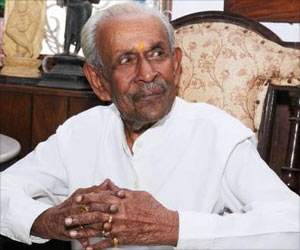The Centre for Genomic Regulation, Starlab and the University of Barcelona presented Brain Polyphony, to improve communication for people with disabilities.

"At the neuroscientific level, our challenge with Brain Polyphony is to be able to correctly identify the EEG signals--that is, the brain activity--that correspond to certain emotions. The idea is to translate this activity into sound and then to use this system to allow people with disabilities to communicate with the people around them. This alternative communication system based on sonification could be useful not only for patient rehabilitation but also for additional applications, such as diagnosis," stated Mara Dierssen. She added, "Of course, the technological and computational aspects are also challenging. We have to ensure that both the device and the software that translates the signals can give us robust and reproducible signals, so that we can provide this communication system to any patient."
Currently, other signal transduction systems (using brain-computer interfaces) are undergoing testing for people with disabilities. However, most of these systems require a certain level of motor control, for example, by using eye movement. This represents a major constraint for people with cerebral palsy, who often suffer from spasticity or who are unable to control any aspect of their motor system, making it impossible for them to use these systems. A further limitation is that most of these other devices do not allow real-time analysis of the signals but rather require information post-processing. The proposal put forth by the Brain Polyphony researchers now allows real-time analysis, starting from the moment the user puts on the interface device.
The sound of our brain
Unlike other existing sonification systems using brain signals, Brain Polyphony allows us to directly "hear" brainwaves. "For the first time, we are using the actual sounds of brain waves. We assign octaves (as they are amplified) until we reach the range audible to the human ear, so that what we hear is really what is happening in our brain. The project aims to achieve this sound and to identify a recognizable pattern for each emotion that we can translate into code words. And all of this happens instantaneously in real-time," explained David Ibáñez, researcher and project manager of Starlab.
Until now, the device has been tested mainly with healthy people, but the most recent tests with people with disabilities have been pleasantly surprising. The device was also presented at the 2015 Sónar festival in Barcelona, where it enhanced the artistic expression of the event by allowing users to "hear" the music created by their emotions. Along this line, Efraín Foglia, researcher at BR::AC, University of Barcelona, added: "The mere fact that we are able to hear our brains "talk" is a complex and interesting experience. With Brain Polyphony, we are able to hear the music that is broadcast directly from the brain. This is a new form of communication that will take on a unique dimension if it can also allow us to enable people with cerebral palsy to communicate."
Advertisement
This project not only exemplifies the importance of collaborations between scientific disciplines but also provides a success story in how to bring basic research to society. Brain Polyphony was the result of an internal initiative of the Center for Genomic Regulation (CRG), which seeks to promote multidisciplinary approaches and mainstreaming of basic research focused on patients and society, especially at an early stage.
Advertisement
Source-Medindia













